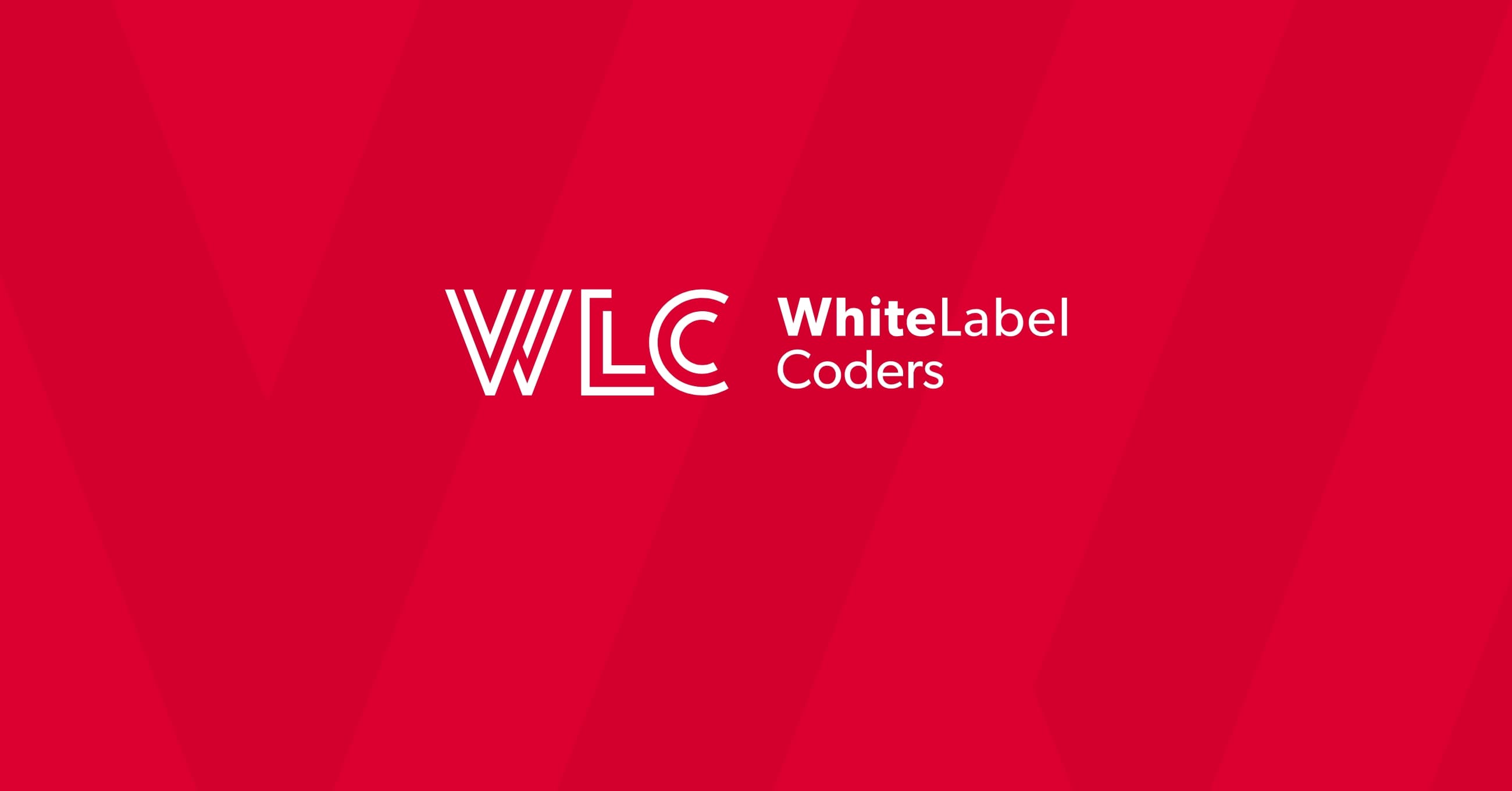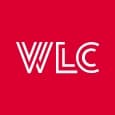Category: SEO AI
How much does it cost to create a dynamic website?

Understanding dynamic websites: What makes them different from static sites?
Dynamic websites deliver personalized content that changes based on user interactions, time, location, or other variables, unlike static sites that display identical content to all visitors. The primary difference lies in how content is generated—dynamic sites pull information from databases in real-time, while static sites display pre-built HTML files.
The key elements that make websites dynamic include:
- Database integration for storing and retrieving content
- Server-side programming (PHP, Python, etc.)
- User authentication systems
- Interactive forms and input processing
- Content that updates automatically
Business owners increasingly choose dynamic websites because they enable scalability, personalization, and enhanced user experiences. A dynamic architecture allows your website to grow alongside your business, adding functionality without rebuilding from scratch. This adaptability is why most modern commercial websites use dynamic frameworks like WordPress, which powers over 40% of all websites globally.
For businesses looking to create meaningful customer experiences, WordPress custom development offers the perfect balance of flexibility and functionality, allowing for everything from user accounts to personalized content delivery.
What factors influence the cost of a dynamic website?
The cost of a dynamic website is determined by multiple interrelated factors that affect both development complexity and required resources. Understanding these factors helps you create a realistic budget for your project.
The primary cost determinants include:
- Functionality complexity – Basic user interactions might cost £1,000-3,000 to implement, while complex systems like membership portals or booking engines can add £5,000-15,000+
- Design requirements – Template-based designs save money (£1,000-3,000), while custom designs increase costs (£3,000-10,000+)
- Content volume – Larger sites with extensive content organization need more development time
- Third-party integrations – Each significant integration (payment gateways, CRMs, etc.) typically adds £500-2,500
- Development approach – Custom coding costs more than using established platforms
- Geographic location of developers – Rates vary dramatically depending on location
The development platform you choose significantly impacts both initial and long-term costs. WordPress offers excellent value for most dynamic websites, combining powerful capabilities with reasonable development costs. The platform’s extensibility through plugins and themes provides cost-effective ways to add dynamic features without extensive custom programming.
| Feature Complexity | Approximate Cost Range | Example Features |
|---|---|---|
| Basic | £1,000-3,000 | Contact forms, simple animations, basic user accounts |
| Intermediate | £3,000-8,000 | Content filtering, user profiles, interactive elements |
| Advanced | £8,000-20,000+ | Custom applications, complex databases, real-time features |
When planning your website budget, prioritize features that directly support your business goals rather than simply adding functionality because it seems impressive.
How much does a WordPress-based dynamic website typically cost?
WordPress-based dynamic websites generally cost between £3,000 and £25,000, with the price varying based on complexity, customization level, and specific functionality requirements. This range makes WordPress an accessible option for businesses of various sizes.
Price categories for WordPress dynamic websites typically break down as:
- Basic dynamic WordPress sites (£3,000-8,000): Include custom theme development, essential plugins, responsive design, contact forms, and simple content management capabilities
- Intermediate WordPress solutions (£8,000-15,000): Feature custom post types, advanced filtering, user registration, personalized content display, and multiple third-party integrations
- Advanced WordPress implementations (£15,000-25,000+): Deliver complex functionality like membership systems, learning management systems, multi-vendor capabilities, or custom applications built on the WordPress framework
WordPress offers significant cost advantages compared to custom-built solutions because it provides a robust foundation that doesn’t need to be developed from scratch. The platform’s extensive plugin ecosystem often eliminates the need for custom coding many dynamic features, further reducing development costs.
Theme customization represents a substantial portion of WordPress development costs, typically ranging from £1,500 for minimal modifications to £8,000+ for fully custom designs. Similarly, plugins that enable dynamic functionality may range from free to £1,000+ for premium solutions, with additional customization costs where needed.
Working with a specialized WordPress custom development partner can help optimize your budget by leveraging existing solutions while adding custom functionality where it delivers the most value.
What is the price difference between custom-built and CMS-based dynamic websites?
Custom-built dynamic websites typically cost 2-5 times more than CMS-based alternatives, with prices starting around £15,000 and often exceeding £50,000 for complex implementations. In contrast, CMS platforms like WordPress can deliver similar functionality for £3,000-25,000, depending on requirements.
This significant price difference stems from several factors:
- Custom websites require building everything from scratch, including content management tools that come standard with CMS platforms
- Development time is substantially longer for custom projects (often 3-6 months versus 1-3 months for CMS-based sites)
- Testing and debugging are more extensive and costly for completely custom solutions
- CMS platforms benefit from community-developed plugins that replace thousands of hours of custom development
While the initial cost difference is substantial, it’s essential to consider long-term expenses as well. Custom-built websites often have higher maintenance costs because every aspect of the site requires specialized knowledge. Updates, security patches, and feature additions typically cost more since they can’t leverage pre-built components.
That said, WordPress bridges this gap effectively by offering both ready-made components and extensive customization capabilities. For most businesses, a highly customized WordPress implementation provides the ideal balance—the efficiency and cost-effectiveness of a CMS with the flexibility and uniqueness of custom development.
The ROI potential also differs between approaches. CMS-based dynamic websites generally deliver faster returns due to lower initial investment and quicker time-to-market. They also offer more predictable ongoing costs, making financial planning easier.
How do e-commerce capabilities affect dynamic website costs?
Adding e-commerce functionality typically increases dynamic website costs by 30-100%, depending on the complexity of your requirements. A basic WordPress site that might cost £5,000 could require £7,500-10,000 with e-commerce capabilities added through WooCommerce.
WooCommerce implementation costs vary based on several factors:
- Product complexity (simple physical products vs. digital downloads, subscriptions, or variable products)
- Number of products and categories
- Shipping and tax calculation requirements
- Payment gateway integrations (each typically adding £300-1,000)
- Inventory management complexity
- Custom checkout processes
Beyond the core e-commerce functionality, additional features that impact costs include:
- Product display options – Advanced galleries, filtering, and comparison tools (£1,000-3,000)
- Customer account functionality – Saved addresses, order history, and wishlist features (£800-2,500)
- Marketing tools – Upselling, cross-selling, and discount systems (£500-2,000)
- ERP/CRM integrations – Connecting to external business systems (£1,500-5,000+)
Security requirements for e-commerce sites also add to the cost, as these websites handle sensitive customer and payment information. This necessitates SSL certificates, PCI compliance measures, and regular security audits.
WooCommerce offers excellent value compared to custom e-commerce development, providing extensive functionality at a fraction of the cost. Its modular nature allows businesses to start with essential features and expand as needed, making it ideal for growing businesses with evolving requirements. For those considering different platforms, understanding who uses WordPress for e-commerce can help you determine if this solution aligns with your business model.
What ongoing costs should you budget for after launching a dynamic website?
After launching a dynamic website, you should budget for annual maintenance costs typically ranging from 15-25% of the initial development investment. For a £10,000 website, expect to allocate £1,500-2,500 annually to maintain optimal performance and security.
These ongoing costs generally include:
- Hosting and infrastructure (£200-500+ annually) – Quality hosting for dynamic websites costs more than basic static site hosting due to database requirements and processing demands
- Domain renewal (£10-50 annually)
- SSL certificate renewal (£0-200 annually)
- Software updates and security patches (£500-2,000 annually) – Critical for dynamic websites to prevent vulnerabilities
- Content updates and management (varies based on frequency and complexity)
- Technical support and troubleshooting (typically £75-150 per hour when needed)
- Backup systems and disaster recovery (£100-300 annually)
Dynamic websites require more regular maintenance than static sites because they involve databases, user interactions, and often third-party integrations that need ongoing attention. When any component changes (like a plugin update), it can potentially affect other parts of the system.
WordPress websites benefit from a structured update path that makes ongoing maintenance more predictable. Working with a dedicated WordPress development agency for maintenance often proves more cost-effective than handling issues reactively as they arise.
Performance optimization represents another ongoing cost category, including regular speed testing, code optimization, and image compression. These tasks help maintain fast loading times as your content grows, directly impacting user experience and search engine rankings.
How can you reduce costs while still creating an effective dynamic website?
You can significantly reduce dynamic website costs without compromising quality by implementing strategic planning and making informed technology choices. Start by clearly defining your core business requirements and separating “must-have” features from “nice-to-have” elements.
Effective cost-saving strategies include:
- Phased development approach – Launch with essential features and add capabilities over time as revenue grows
- Leveraging existing solutions – Using established plugins and themes as foundations rather than building from scratch
- Choosing the right CMS – WordPress offers an excellent balance of capability and cost-effectiveness
- Prioritizing mobile-friendly responsive design over separate mobile development
- Selecting a development partner with specific expertise in your chosen platform
Pre-built components can dramatically reduce costs while maintaining quality. For example, using a premium WordPress theme (£50-200) with customization (£1,000-3,000) instead of fully custom design (£5,000-10,000+) can save significant resources while still achieving a unique look.
Similarly, evaluating existing plugins before commissioning custom features often reveals that the functionality you need already exists in a tested, maintained package. Many WordPress plugins offer pro versions that deliver advanced features at a fraction of custom development costs.
Planning for scalability from the beginning prevents costly rebuilds later. Choose development approaches that allow for expansion, even if you implement only basic features initially. This forward-thinking approach protects your investment as your business grows. Understanding how to work with an outsourcing company can also help you maximize value while keeping costs under control.
Finally, investing in quality development may cost more initially but often reduces long-term expenses. Well-structured code, proper documentation, and thorough testing prevent technical debt that becomes expensive to address later. For ongoing site health, consider website maintenance services that can help preserve your investment and ensure optimal performance.

